Are Septic Tanks Environmentally Friendly
Citizens of the world have finally started taking action on the realization that our habits must change. Many of us have experienced the first real effects of global warming over the past few years with summer temperatures in particular breaking all types of records the world over. Countries not known for their hot summers have become unbearable in recent years and the urgency to find alternative solutions should be at an all-time high.
A big contributor to our current climate situation is the way in which we dispose of waste.
The majority of us use the drainage systems which our cities’ infrastructure has implemented, however, there is a section of the population who, either by choice or due to living in areas where underground drainage is not available, use septic tanks.
However the question must be asked, are septic tanks environmentally friendly?
Spoiler: Generally speaking yes, if done correctly!
Related Articles: How Does a Septic Tank Work? and How to Increase Bacteria in Septic Tank: 3 Easy Ways!
What is a Septic Tank?
Septic tanks are essentially your very own private drainage systems. They are water-tight containers which are buried underground and are mostly made up of a combination of fiberglass, polyethylene and concrete.
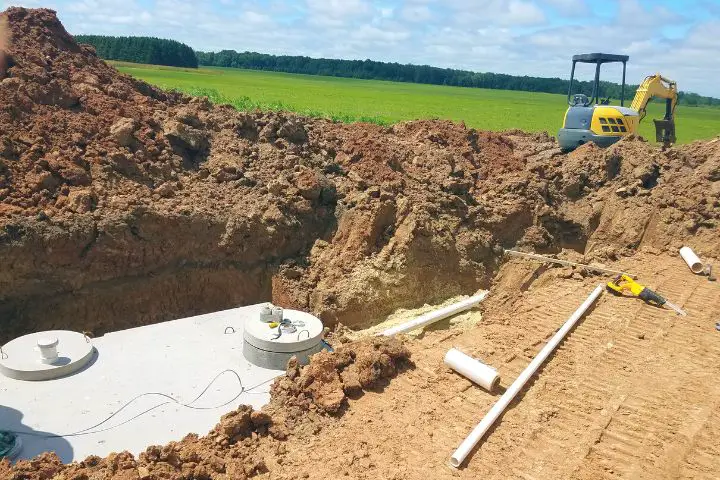
The tank is usually connected by two pipes; an inlet and an outlet. The inlet pipe connects the tank to the pipes of the home and transports all waste to the septic tank, whilst the outlet pipe, also known as the drain field, takes out all of the waste and distributes it evenly in a drainfield and soil when it’s time.
The waste collected in the tank is stored there long enough to naturally separate the waste. The top level is commonly known as ‘scum’ which is where oil and grease naturally separate and float to the top. The bottom layer is where all the solids collect and are referred to as sludge.
The layer in between, referred to as wastewater, is what is slowly released over time into a drainfield, which is a shallow cavity which has been dug out to allow the wastewater to be released into unsaturated soil. The soil then naturally treats the wastewater by naturally removing harmful coliform bacteria, nutrients and viruses. Coliform can be particularly dangerous as it is an indication of fecal contamination and is mostly found in the intestines of humans and generally warm-blooded animals.
Is a Septic Tank Good for the Environment
The short answer is ‘Yes’. However, like with most things, in order for it to be beneficial it must be done the correct way, following certain procedures.
Summarising the environmental benefits of a septic tank, their purpose is to efficiently and effectively get rid of waste, whilst recycling water and enriching the quality of strength of the soil in its vicinity which is beneficial for surrounding vegetation and wildlife.
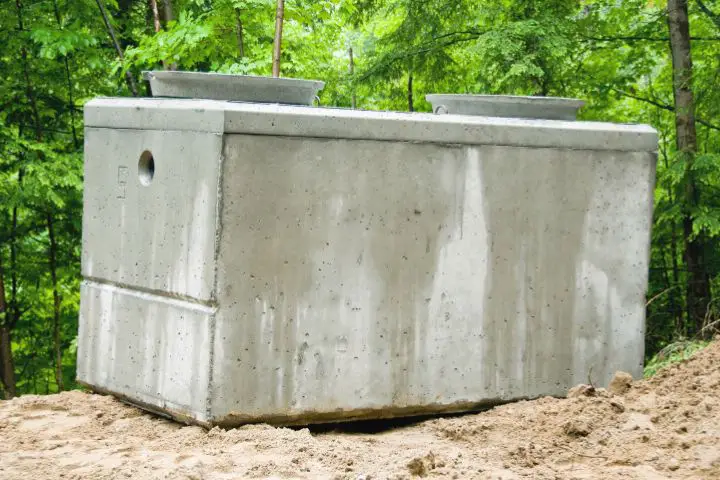
Using a septic tank to get rid of human waste is a completely natural process! Whatever gets flushed down the toilet gets broken down over time by bacteria which is healthy before being released back into the environment.
Though it takes more time and requires household owners to care and maintain it, it is a far cry from certain commercial waste treatment plants, who use artificial chemicals which are potentially dangerous to the environment. The bacteria used to break down and treat waste in a septic tank are natural bacteria, free from any artificial chemicals.
As mentioned earlier, it’s very important that your septic tank has been set up correctly, by professionals, as the risks involved with the installation being a sub par job can lead to a number of serious illnesses and diseases spreading through contaminated water which can spread throughout the soil and possibly infect an entire community.
When does your septic tank become harmful to the environment?
With septic tanks following an organic process, which is what makes it environmentally friendly, it also makes it more fragile than a city grid sewage system. Another issue is that often the problem doesn’t make itself known for quite some time.
There are a number of common signs that your septic tank is either full or blocked and needs some attention;
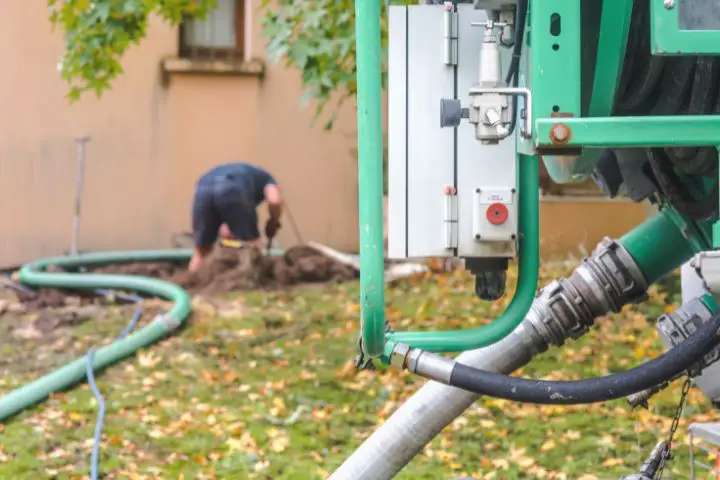
- Persistent bad smells are lingering in your bathroom, near your toilets and drain pipes.
- Loud gurgling sounds coming randomly from your drain pipes is another sign that your septic tank needs to be looked at.
- If your toilets are flushing and refilling up slower than usual, or water from your sinks are taking longer to down and are quick to fill up, it usually means the septic tank has started to overflow.
- A less obvious sign that the septic tank may be clogged is if there are wet patches of grass, sunken areas, soil that feels spongy or soggy in certain areas, and even discolored grass and dead plants. This is usually an indicator of the septic tank overflowing and spreading throughout the soil without going through the necessary steps which makes it safe to do so.
How to avoid blocking your septic tank?
There are some easy yet fundamental steps which you should follow in order to avoid nightmare consequences which come with a clogged septic tank.
Septic tanks are often quite particular about what they accept and what they reject. The trouble is you do not know till it is too late.
When installing your septic tank, ensure to get a good understanding of the do’s and don’ts from the specialists. Especially regarding what you should and shouldn’t flush down the toilet. A little bit of carefulness can go a long way in avoiding septic tank troubles in the future.
As a rule of thumb, the following items should be avoided flushing down the toilet;
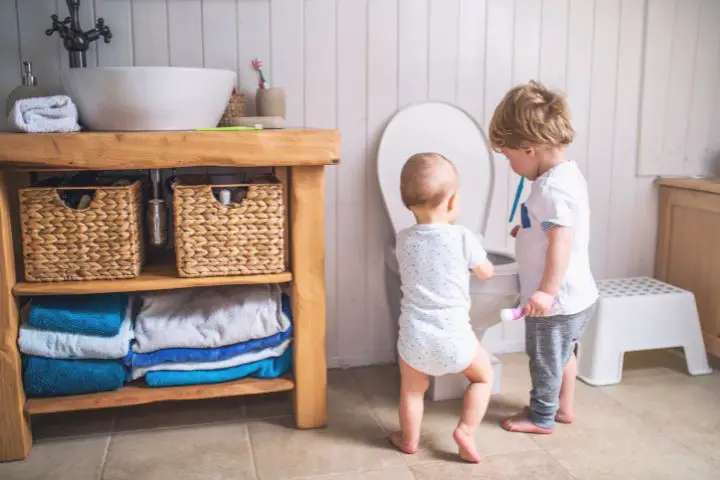
- Things which don’t dissolve easily such as coffee grounds, cigarette ends, cat litter and leftover scraps of food.
- Plastic or cloth products, for example; diapers, sanitary napkins, tampons and dental floss.
- Thick liquids which have the tendency to thicken and stiffen when dried up, like paint, paint thinner, cooking oils, grease, motor oils, cleaning products and corrosive chemicals.
You will be surprised to learn that even some biodegradable products are not advised to flush down the toilet as it can take a very long time to break down and over a sustained period of time, affect your septic tank. Some of these products include eco-friendly toilet paper, eco-friendly tissue paper and hair or fur trimmings. It’s advisable to question the experts on what you should and shouldn’t flush down the toilet.
What should I do to maintain my Septic Tank?
A septic tank can last a household between 10 and 40 years! With such a great range, what factors determine the longevity of your tank? Firstly, like with most things, there are levels of quality of tanks. Tanks vary when it comes to what material they are made with and the cost of that material, the technology installed, the parts used, and the quality of labour and all of these factors determine both the price and the longevity of the septic tank.
A highly recommended tip, once you’ve made the decision to install a septic tank, is well insulated! Particularly if you live in an area of the world where you experience harsh winters, the ground can freeze up which can then freeze the pipes and even the solids inside the tanks! All of this will have a direct impact on the waste disposal system of your household.

To avoid this, ensure to insulate the pipes by giving the extra layer of protection using mulch. You can also treat the soil so that a certain thickness of grass remains present during winter, adding a further layer of insulation.
Pump it!
A super critical step of maintaining your septic tank is getting it serviced regularly. That’s not to say you need to spend money on professionals giving it a clean every other month, but between three and five years, you should certainly find a decent septic tank company to come in and clear the tank and pipes.
It will seem like a pain, for the time and money it will take, however it will definitely be worth it in the long run. You don’t want to turn a blind eye to the maintenance side of things because the consequences of negligence will be far greater, and much more expensive!
FAQ’s
Where should I install my septic tank?
The location of your septic tank will all depend on the specifics of your property and how much space you have to work with. For example, if you live in a densely built-up area, you won’t have too many options and will have to fit it in wherever you can.
However if you live out in the countryside, with acres of space, which is where you find most septic tanks, you have more options. The key factor is not having it too far away from your home, as there are more chances of something going with the pipes, and not too close either, as you don’t want any unwanted smells or problems to affect your living space. Similarly, it’s advised not to have your tank too deep or too shallow in the ground.
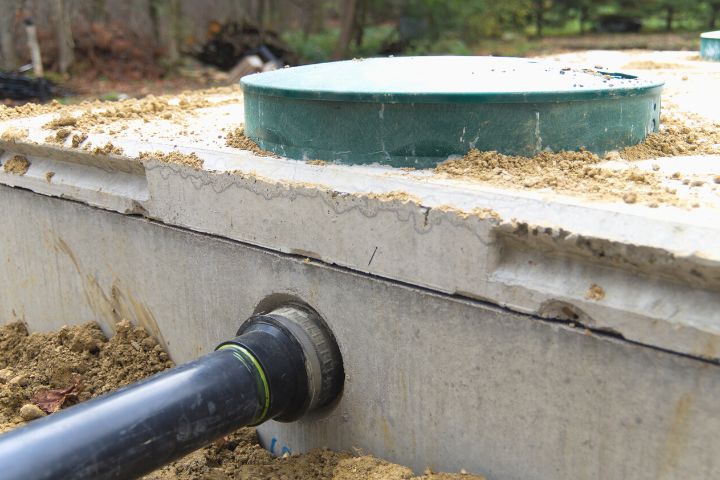
How much should I spend on my septic tank?
Naturally, the costs of a tank vary depending on quality, size, materials etc. High-end septic tanks can go for as much as $20,000 however those are the most cutting edge tanks available.
A more realistic price range is between $3,000 and $9,000 meaning a $6,000 septic tank would get you a fairly decent septic tank. You should, however, do your research and buy according to your specific needs.





